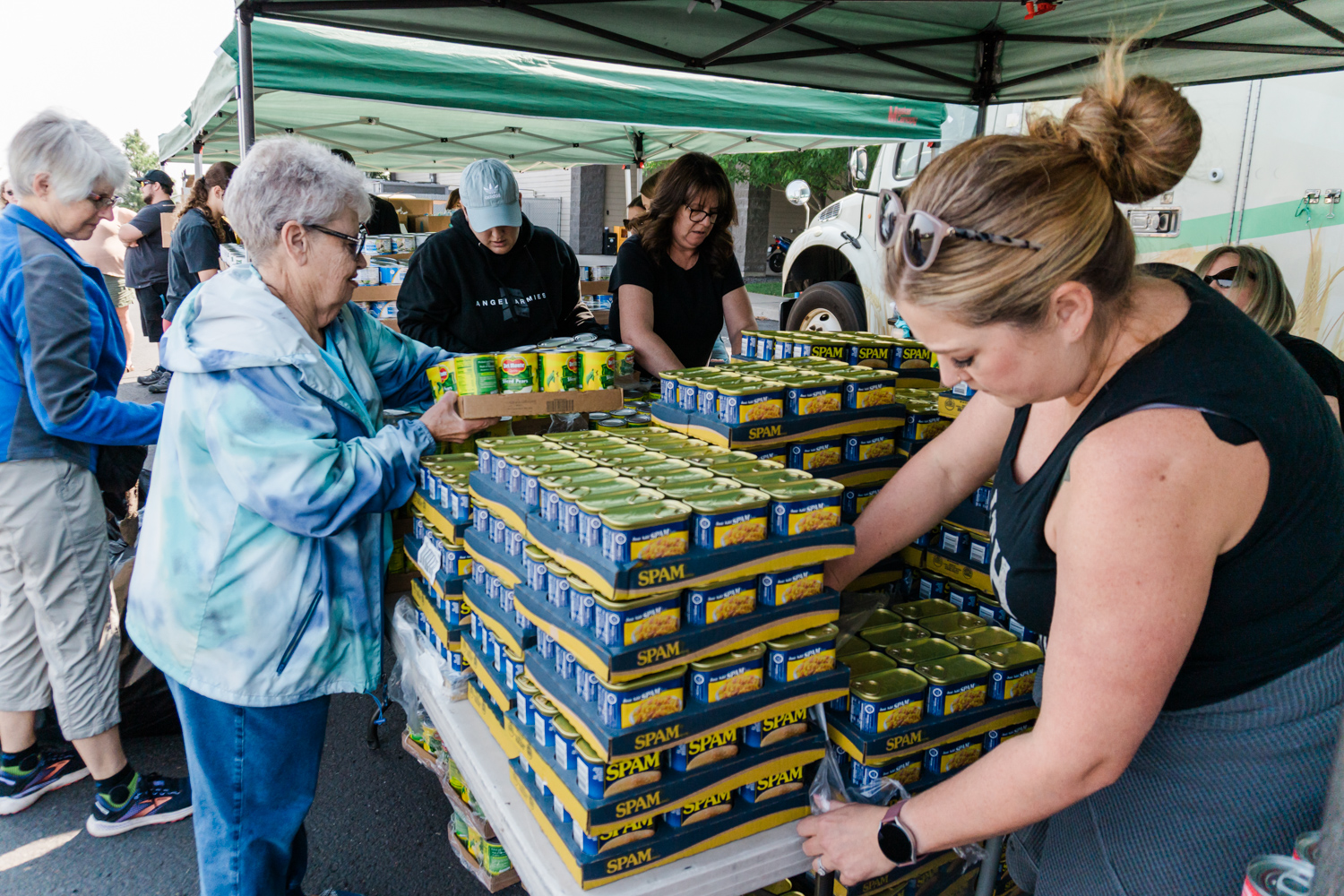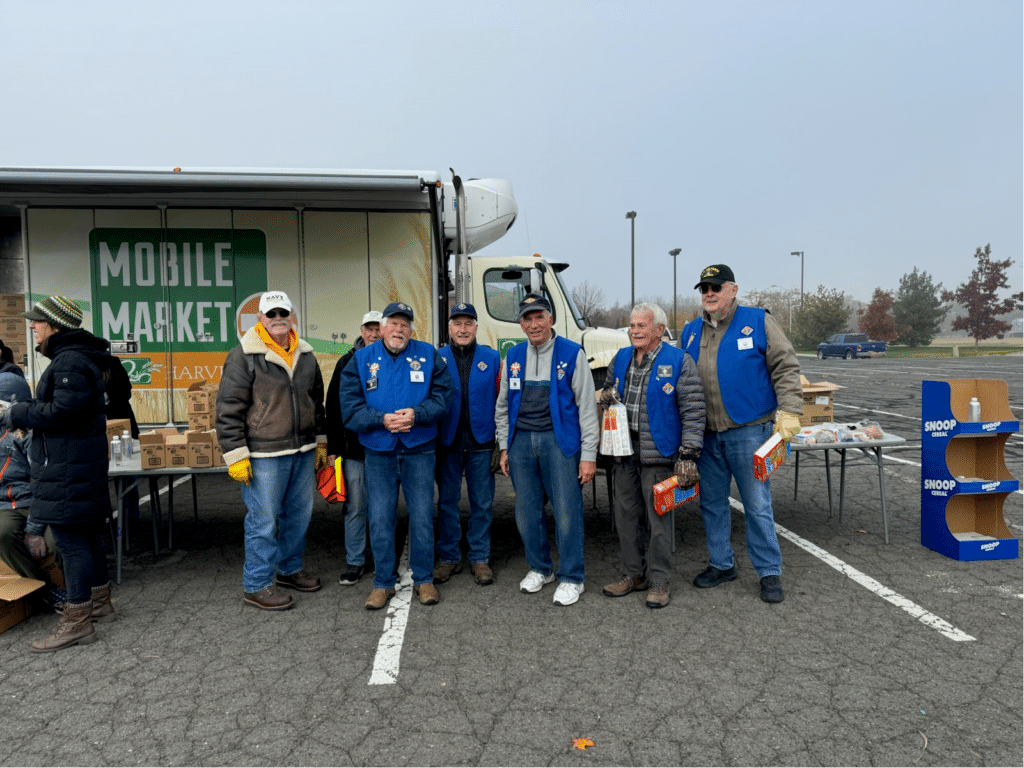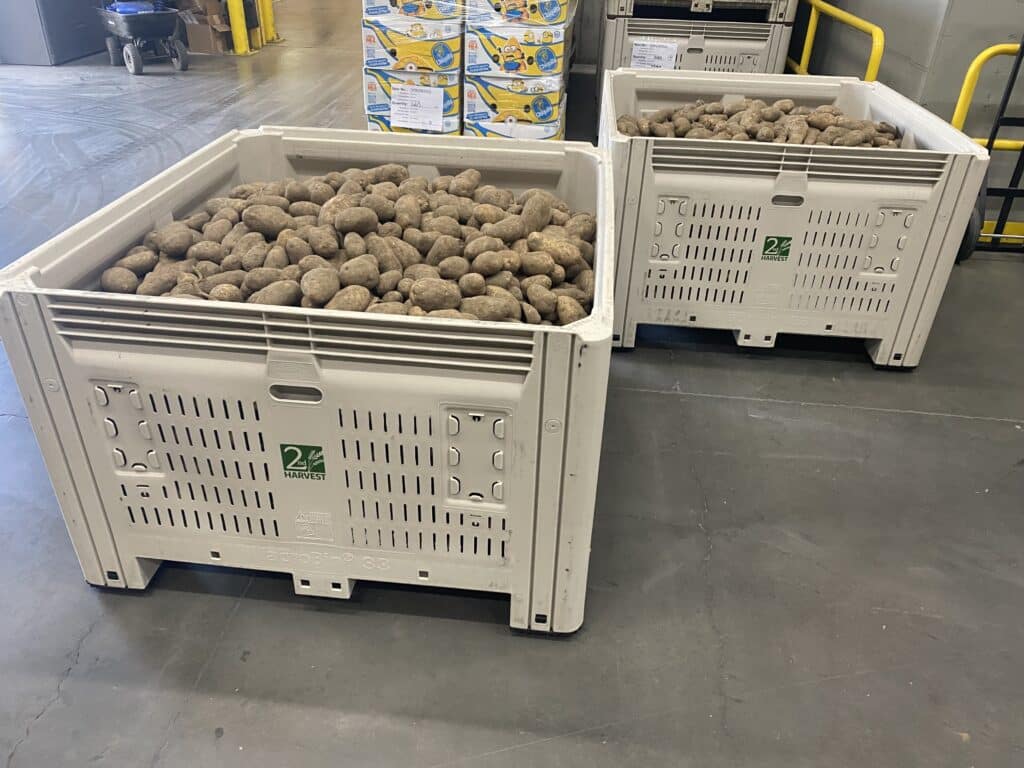We’d really like to report that the number of Americans struggling with hunger has gone down.
Sadly, that’s not the case.
The Department of Agriculture recently reported that 12.8% of households (17 million) across the country were food insecure in 2022. That’s worse than the 10.2% (13.5 million) in 2021 and the 10.5% in 2020. Similarly, the percentage of households with children also went the wrong direction, at 8.8% in 2022, compared to 6.2% in 2021 and 7.6% in 2020.
While the numbers provide a rough sketch of the increasing need, the true effect is on our neighbors. 
“I’m hoping to get some produce and some meat and cheese,” Terry said upon arriving at a Second Harvest Mobile Market free food distribution in October. “I’m a heart patient, and so I run out of healthy food because I can’t afford to buy it. When it’s gone, it’s gone. I went to the store a couple weeks ago, and one plastic bag (of groceries) was $25, and that’s exactly what I had to spend.”
There are multiple causes of food insecurity, but person after person at Mobile Markets tells us that while inflation seems to have cooled some, its insidious effects are snowballing. Indeed, inflation has slowed down, but that doesn’t mean costs have reduced; they just aren’t increasing as fast as they did during much of 2023. Our partner food banks and pantries across 26 counties in Idaho and Washington similarly are told by many recipients that stubborn inflation continues to hamstring their ability to make ends meet.

The silver lining — albeit very faint and unsatisfying — is that Washington is one of 17 states that were well below the national average, while Idaho was near that national statistic. Unsurprisingly, the USDA report also noted, “In 2022, the typical food-secure household spent 15 percent more on food than the typical food-insecure household of the same size and household composition.”
The data is collected by the Department of Commerce and the U.S. Census Bureau, then published by the USDA. Our partners at Feeding America further crunched the numbers and determined that in 2020 food insecurity increased “31% for all individuals and 44% for children from the previous year, the highest rate and number of individuals and children since 2014 and the largest one-year increase in food insecurity since 2008.”
Ending hunger, of course, is the goal we all share. We also know it will, unfortunately, be a long slog. We deeply appreciate all the donations of food, money and time that fuel our operations, year in and year out. Together, patiently, we’ll get there.





